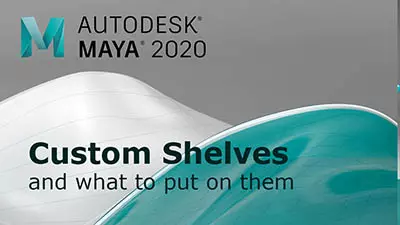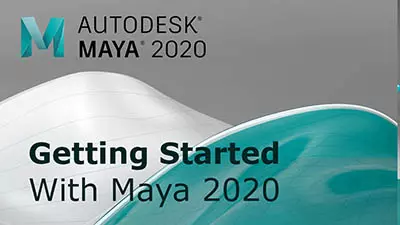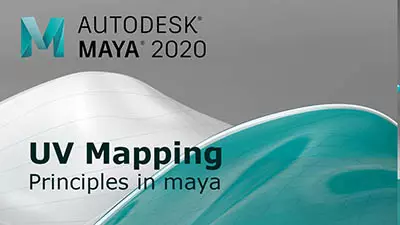Maya for 3D Printing - Rapid Prototyping
In this course we're going to look at something a little different, creating technically accurate 3D printed parts.
#
1
10-04-2008
, 08:34 AM
Single Mesh Vs Group of Geomtery
I have a general question, in the professional world do people prefer a model to be a single mesh or can a grouping of geometry stand on its own?
I've modeled a gunship mostly using the polygon face/edge extrusion method. But there are very organic blisters that are part of the fuselage. I simply created nurbs geometry for those blisters. Is that sloppy? If I tried to incorporate those blisters into the mesh using polygons, then the face count is going to explode.
#
2
10-04-2008
, 04:29 PM
Accept no substitutions.
#
3
10-04-2008
, 04:50 PM
Your answer addresses the final output of my question but I was really wondering if professional modelers whould prefer either
a) a model where the modeler choose to combine various meshes, some meshes having higher face density with a main mesh which has a lower face density.
b) a model where the modeler choose to have a single, continous mesh where a higher density feature is merged with the overall main mesh thus impacting the main mesh by raising its face density in order to fit the higher density feature.
Thanks
#
4
11-04-2008
, 06:29 AM
It would depend on the project or the styles/processes a modeller would use. I was taught that there is no wrong way to model. I have used NURBS, Poly and Sub-D is a single project before without issues, and as Neo said everything gets converted to polys at the time of render.
As long as your topology is good then i can't see an issue with using 1 or all geometry types, to model each part and then convert and/or combine them into one. This can create its own issues, but as long as you are forward thinking enough to keep your geometry the same there should be no issues. Vertices and Edges
 ... Also look at NURBS Patch Modelling as an example, but I don't really know how often this technique is used now.
... Also look at NURBS Patch Modelling as an example, but I don't really know how often this technique is used now.Unless there is a stipulation in polycount in the project (which is usually a game thing, but not solely a games development issue), then as long as you meet or go under the polygon target and the Art Director is happy with the work then I cant see an issue.
Chris (formerly R@nSiD)
When the power of love overcomes the love of power the world will truely know peace - Jimmy Hendrix
 Winner SM VFX Challenge 1
Winner SM VFX Challenge 1 3rd Place SM SteamPunk Challenge (May 2007)
3rd Place SM SteamPunk Challenge (May 2007)
#
5
11-04-2008
, 03:56 PM
make it how you want it. if they complain, you have your answer about how to go about making things in the future.
Accept no substitutions.
Posting Rules Forum Rules
Similar Threads
trouble opening maya scene
by jooleyinboots in forum Maya Technical Issues replies 3 on 07-10-2022
Separate Materials on Single Mesh
by foldedpaperbird in forum Maya Basics & Newbie Lounge replies 13 on 14-11-2013
Single mesh rigging animation
by should_be_shot in forum Maya Basics & Newbie Lounge replies 1 on 03-04-2008
Mesh has an unwanted "second body"
by Tristanartform in forum Maya Technical Issues replies 7 on 26-10-2007
single mesh
by holdron in forum Maya Basics & Newbie Lounge replies 3 on 06-10-2003
Topics
Free Courses
Full Courses
VFX News
How computer animation was used 30 years ago to make a Roger Rabbit short
On 2022-07-18 14:30:13
Sneak peek at Houdini 19.5
On 2022-07-18 14:17:59
VFX Breakdown The Man Who Fell To Earth
On 2022-07-15 13:14:36
Resident Evil - Teaser Trailer
On 2022-05-13 13:52:25
New cloud modeling nodes for Bifrost
On 2022-05-02 20:24:13
MPC Showreel 2022
On 2022-04-13 16:02:13









